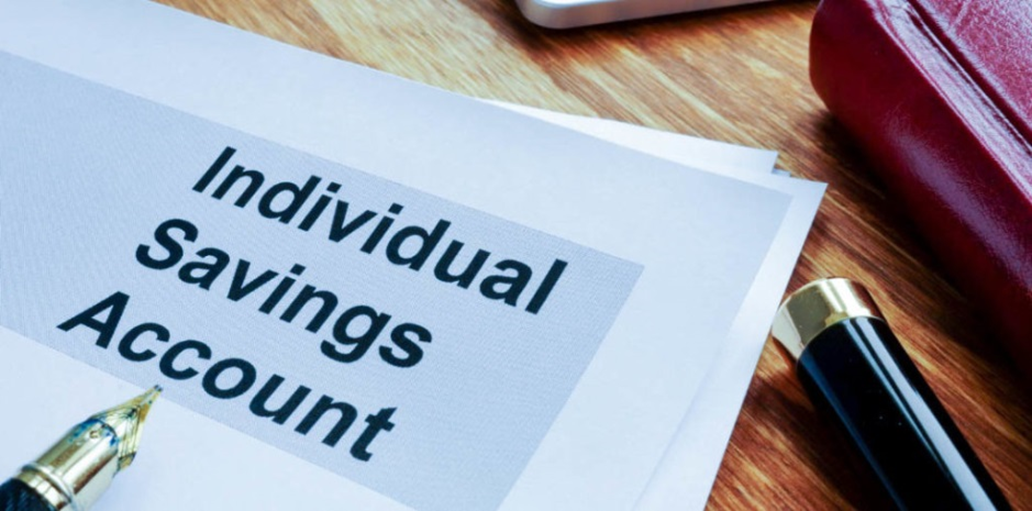
The Individual Savings Account, or ISA as it is more often known, was first introduced by the UK government on April 6, 1999.
At that time, you could save a maximum of £7,000 in a stocks and shares ISA and £3,000 in a cash ISA throughout the tax year (April 6th -April 5th)
That total amount of tax-free income is £20,000 as of 2021-2022.
Since the ISA's debut for the millennium, more than £870 billion has been invested in ISAs, indicating that UK residents and investors find the ISA to be a particularly convenient way to save money.
How many of us are actually utilising the tax-free ISA allowance to its fullest extent and for our own benefit?
How many of us really know how to maximise the extremely alluring £20,000 tax-free cap in an account that grows annually?
Crypto trading course in UK by Investment Mastery.
CASH ISA
Since the ISA superseded the outdated TESSA and PEPS, I'll be honest and say that I didn't fully comprehend its consequences at the time (Tax-Exempt Special Savings Accounts and Personal Equity Plans, respectively).
I mistakenly believed that the ISA was a one-time interest-based savings account that would be terminated after you had deposited the maximum amount allowed to be tax-free.
But no, the account continues to exist for as long as you desire and continues to earn interest that is tax-free on deposits up to £20,000 each year.
Therefore, the cash ISA's lifetime account is its first advantage. It entails that you may save up to £20,000 year and receive interest that is tax-free EVERY YEAR.
In other words, the money continues to increase annually.
In essence, this is a great illustration of compounding (see our video here for more on compounding).
Although it is obviously influenced by the current interest rates, a cash ISA is actually a great method to save money. A significant factor is also inflation. Thus, although it is undoubtedly "profit," actual profits may be quite meagre.
However, if you have a stocks and shares ISA, you are benefiting from both the interest and any profits on your investment courses UK.
STOCKS & SHARES ISA
The stocks and shares ISA is undoubtedly the next step in getting the most of your ISA if you are feeling more daring and willing to accept a little risk.
Prior to April 5th, 2021, interest rates on cash ISAs were really at an all-time low. Moneyfacts' Rachel Springall asserts that given stock markets typically return 5 percentage points over inflation annually, investors would have been better off avoiding "cash savings entirely."
Furthermore, individuals who cashed out would have lost out on great profits afterwards, despite the markets falling by 15% in the first quarter of 2020 and another 10% in March.
The MSCI World index, a gauge of international companies, increased by 36 percent by the end of that month.
In fact, a recent finding that caught several people off guard and exemplifies the potential gains a stocks and shares ISA might provide.
Investment Mastery also conduct online investment seminar & investment courses in UK.
How Much Can You Invest In An Isa
The UK has over 2,000 "Isa millionaires," according to InvestingReviews.co.uk, with pots worth an average of £1,412,000, according to estimates from HM Revenue and Customs (HMRC).
Remember that these investors, who are in their late 60s or early 70s, would have begun their journey toward financial success in 1999 with the introduction of the ISA and may have even employed TESSA and PEPS as the cornerstones.
If you were fortunate enough to be Liberal Democrat lord Lord Lee of Trafford, who, in 2003, after prudently using up all of his ISA allocation since the time of its introduction, became the first ISA millionaire holder in the UK.
His ISA had grown to £4.5 million, he disclosed in a 2015 interview with The Financial Times. He is said to be close to the top of the tree but is too humble to share his present position.
There are now over 2.7 million S&S ISA holders, and 37% of them are using all of their available funds.
By maxing out their £20,000 yearly limit on the assumption of a compounded 7% annual return, investors beginning from zero today may expect to reach millionaires' row in around 22 years.
The time required to reach the £3 million mark is 34 years, and 44 years to reach the £6 million club.
But it's obvious that a stocks and shares ISA may generate outstanding profits.
In that regard, it is not only a fantastic method to save money, but also, perhaps, to invest. Of course, everything is dependent on the performance of the stocks and shares in which your ISA is invested.
But if you take a look at these illustrations from, you can see what the long game offers and how investor behaviour impacts results. In each case, the investor invested £10,000 at the beginning of the global financial crisis in January 2008 in a stocks and shares ISA. The four examples make for compelling reading.

So those are cash ISAs and stocks-and-shares ISAs, but depending on your requirements and ambitions, there are more ISA kinds that might help you maximise your tax-free £20,000 annual allocation.
These are:
- Flexible ISA
- Innovative Finance ISA
- Lifetime ISA
- Junior ISA
- Inheritance ISA
Check here for a useful breakdown of each one on Investment courses UK.
ULTIMATELY…
The easiest method to get the most of your £20,000 ISA allotment is to deposit all of your investments as soon as you can beginning on April 6 of that year's "ISA season" (drum roll, please).
That makes complete sense when you think about it. How and when you invest and spend your allowance can have a significant impact on the returns you will ultimately get, as stated on Continuum.
Of course, not everyone has £20,000 to invest in one lump amount, but the idea still holds true regardless of how much you want to contribute to your ISA each year. Make the most of the opportunity by incorporating as much of it as you can starting on April 6 interest available or potential stocks and shares returns.
Do that each year and you will be honouring the old adage: time is money.
The axiom that the longer money is left invested, the more time it has to grow is, after all, the oldest financial maxim in the book. Your pot gets bigger and bigger.
Here at Investment Mastery, we're great advocates of ISAs and think EVERYONE should have at least a cash ISA, just for the simple reason that ANY interest is tax-free.
However, a cash ISA only has actual value if it is allowed to GROW.
The ideal method to approach any ISA is to approach stocks and shares ISA, which although more risky, will nevertheless be rewarding in the long term if given time and allowed to weather the occasional storm.
Let things be is probably the best course of action with any ISA.
Last but not least If you invest and reinvest your gains each year, our compound interest calculator will show you how much your money will increase over time.